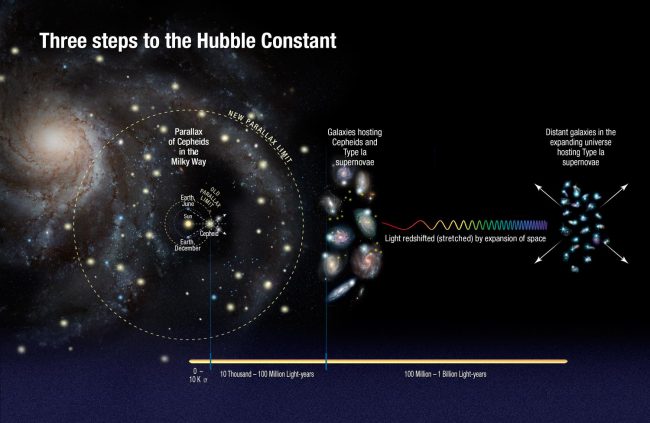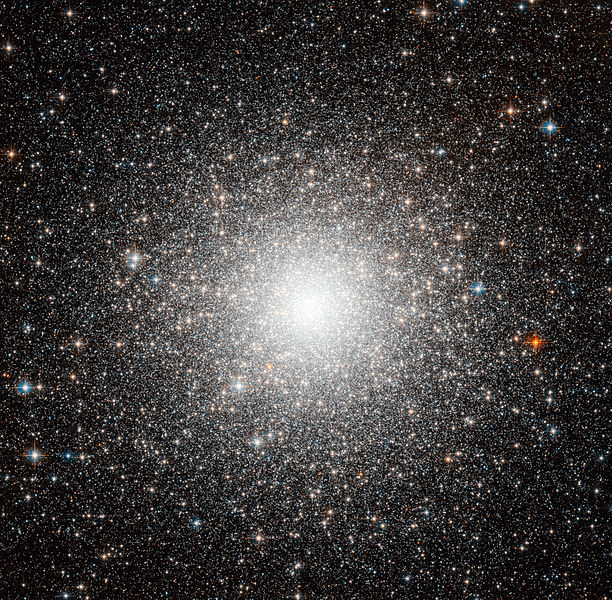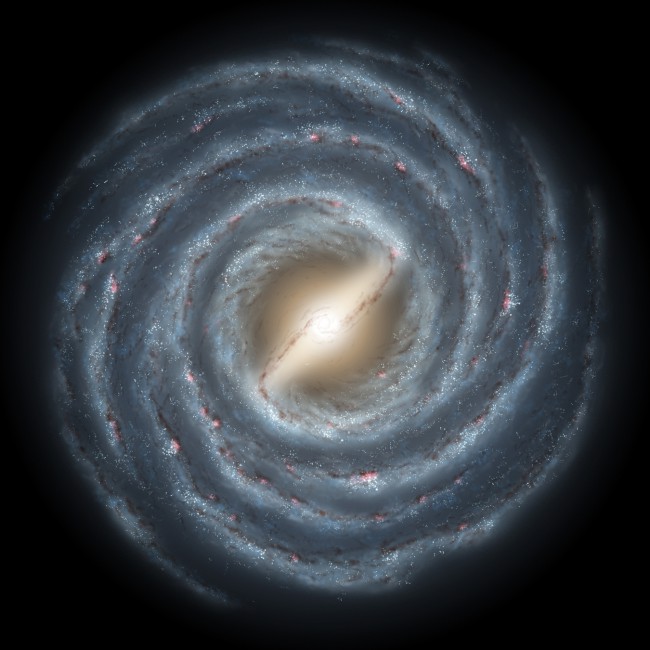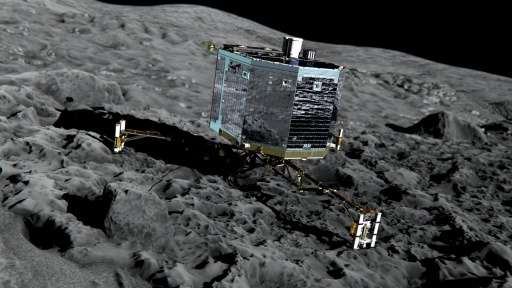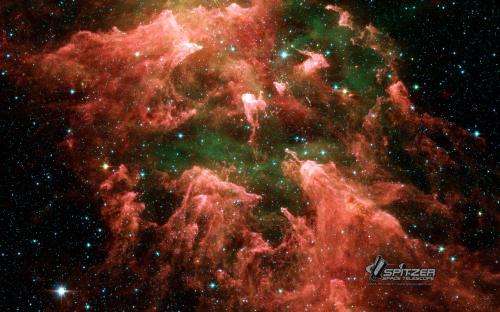Hubble finds universe may be expanding faster than expected
This illustration shows the three steps astronomers used to measure the universe’s expansion rate to an unprecedented accuracy, reducing the total uncertainty to 2.4 percent. Astronomers made the measurements by streamlining and strengthening the construction of the cosmic distance ladder, which is used to measure accurate distances to galaxies near and far from Earth. Beginning …
Hubble finds universe may be expanding faster than expected Read More »

